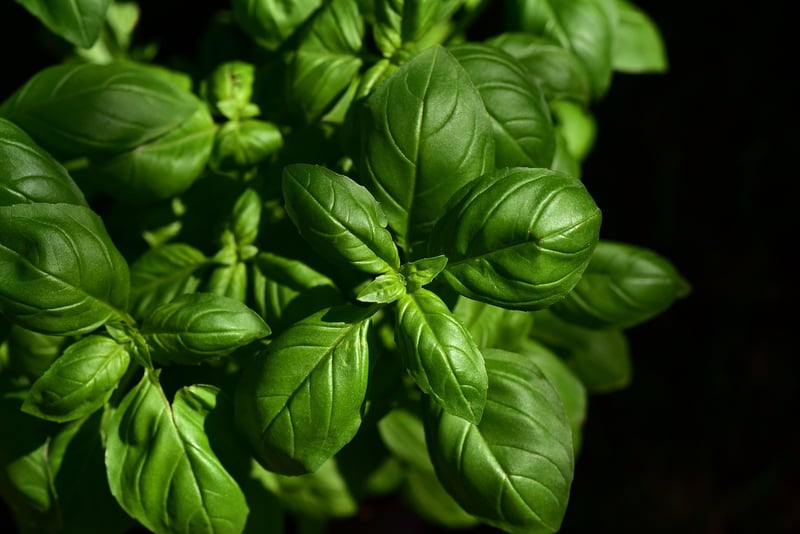Evolution of Taste
Uncover Culinary Traditions and the Evolution of Taste

Food is not just about sustenance; it is intertwined with culture, tradition, and evolution. Culinary traditions have been passed down through generations, shaping our tastes and preferences. Exploring the evolution of taste allows us to understand how food has evolved alongside human civilization.
The Significance of Culinary Traditions
Culinary traditions are a reflection of a community's history, beliefs, and values. They embody the essence of a culture and serve as a link to the past. From the spices used in Indian cuisine to the pasta dishes of Italy, each tradition tells a story of its own.
Exploring the Evolution of Taste
The evolution of taste is a fascinating journey that showcases how food trends have changed over time. From the simplicity of ancient recipes to the fusion cuisines of today, our taste buds have experienced a remarkable transformation. Globalization has played a significant role in introducing new flavors and ingredients to different cuisines, leading to a culinary melting pot.
Key Factors Influencing Taste Evolution:
- Migration patterns
- Technological advancements in food preparation
- Trade and colonization
- Changing social norms and lifestyles
Embracing Diversity in Food
As we delve into the evolution of taste, it becomes evident that diversity is key to culinary innovation. Exploring different cuisines allows us to appreciate the nuances of flavors, textures, and cooking techniques unique to each culture. By embracing diversity in food, we enrich our gastronomic experiences and gain a deeper understanding of the world around us.

Preserving Culinary Heritage
While culinary traditions continue to evolve, it is essential to preserve the rich heritage passed down through generations. By honoring traditional recipes and cooking methods, we pay homage to our ancestors and keep our cultural identity alive. Preserving culinary heritage ensures that future generations can savor the flavors of the past.
Conclusion
Uncovering culinary traditions and exploring the evolution of taste allows us to appreciate the intricate tapestry of flavors that make up our global food landscape. By embracing diversity, preserving heritage, and understanding the factors that shape our tastes, we embark on a journey of culinary discovery that transcends borders and connects us through the universal language of food.
